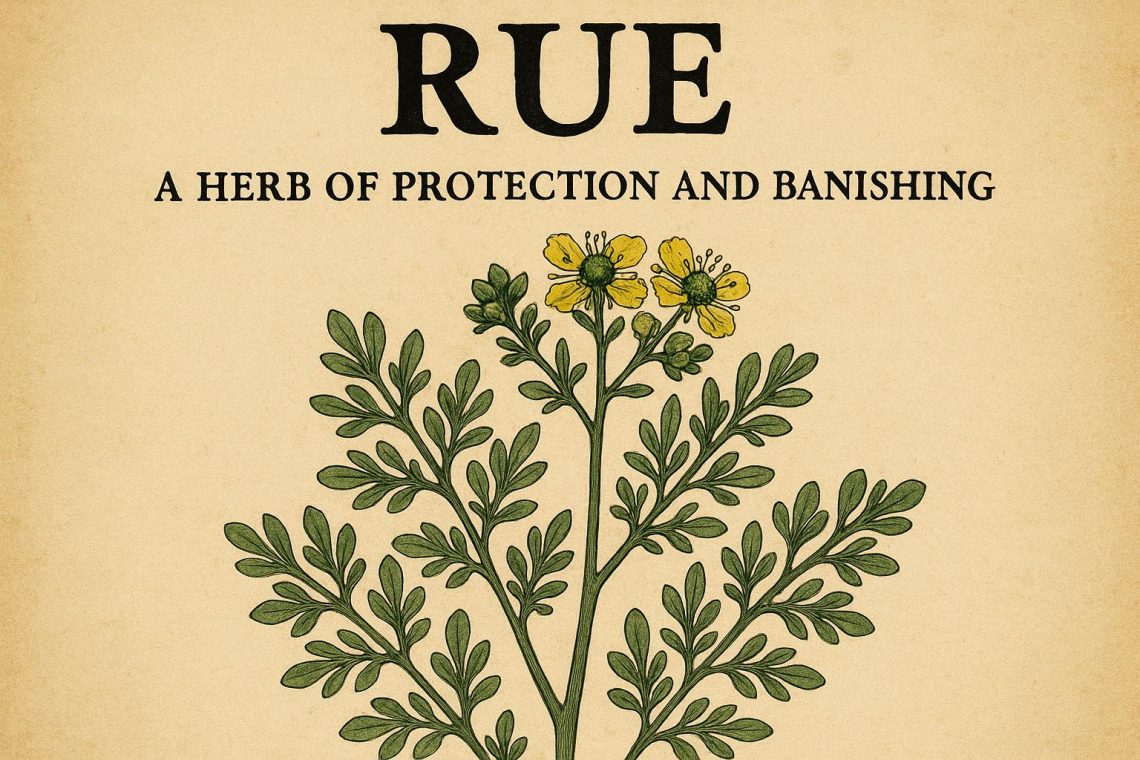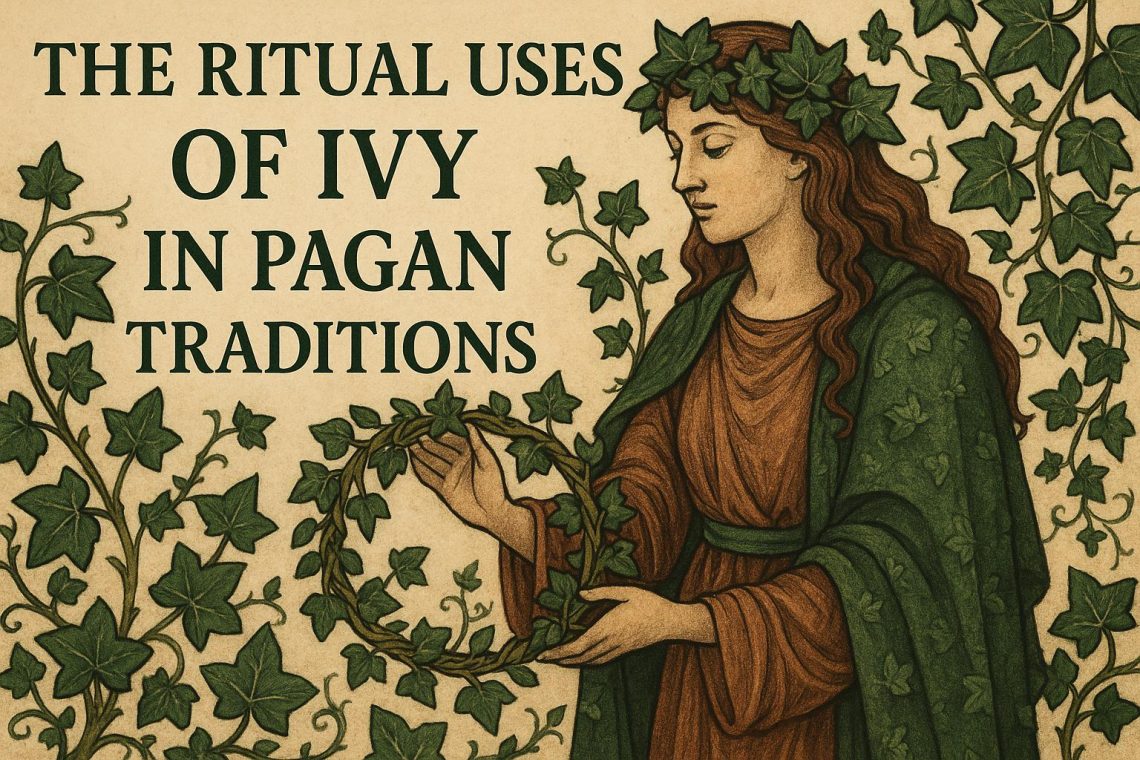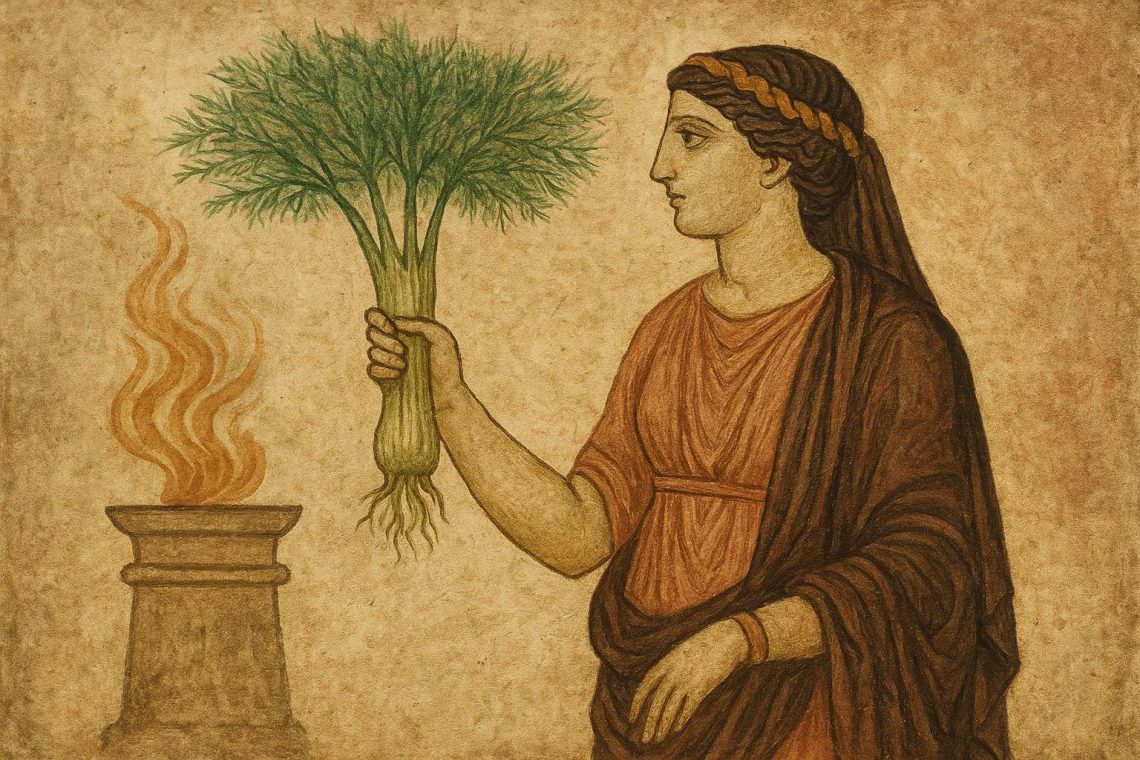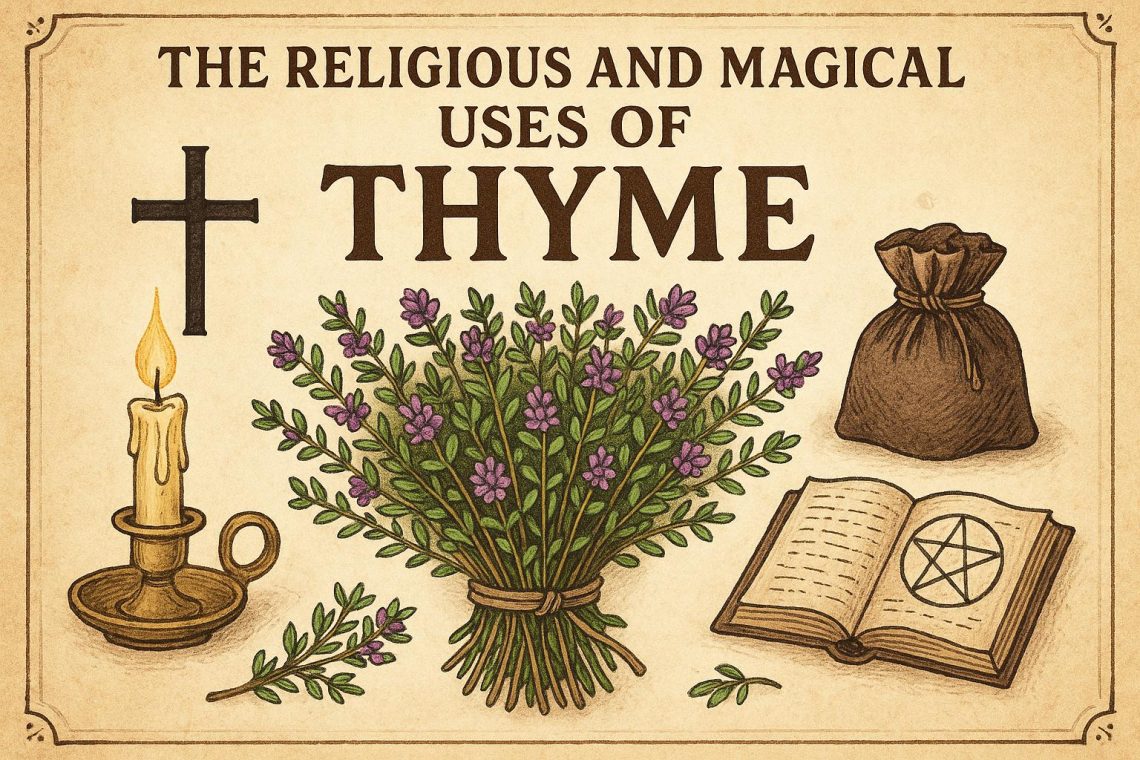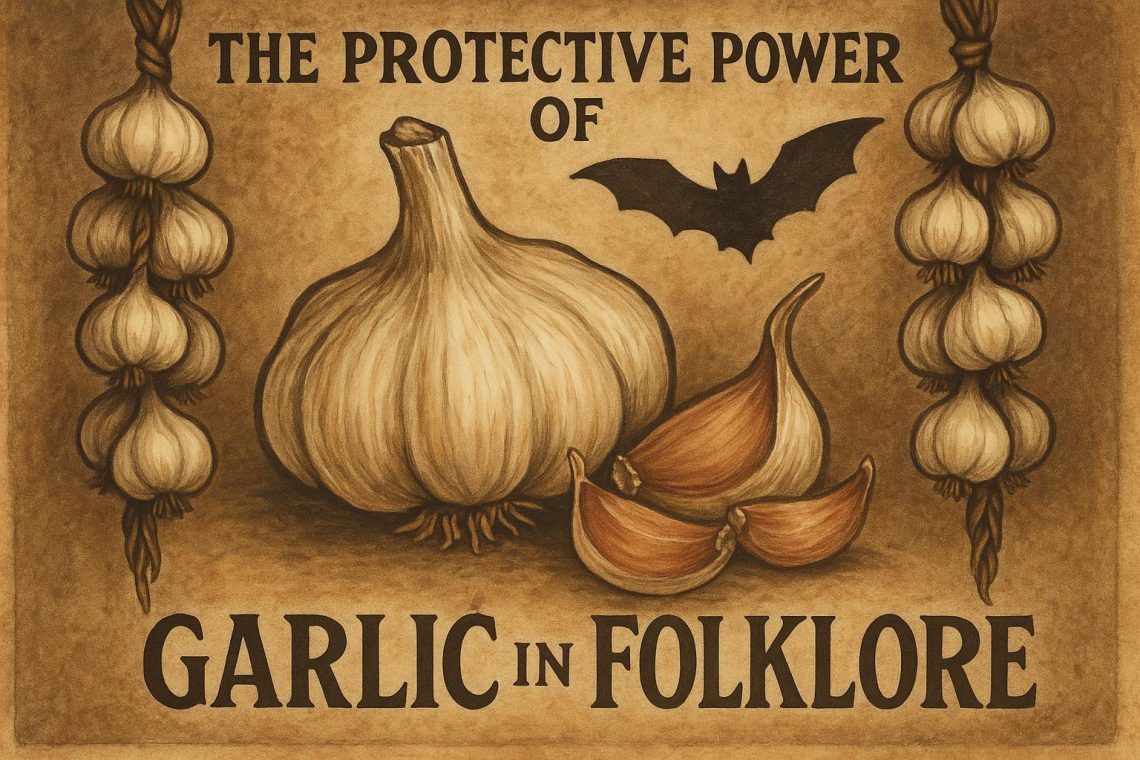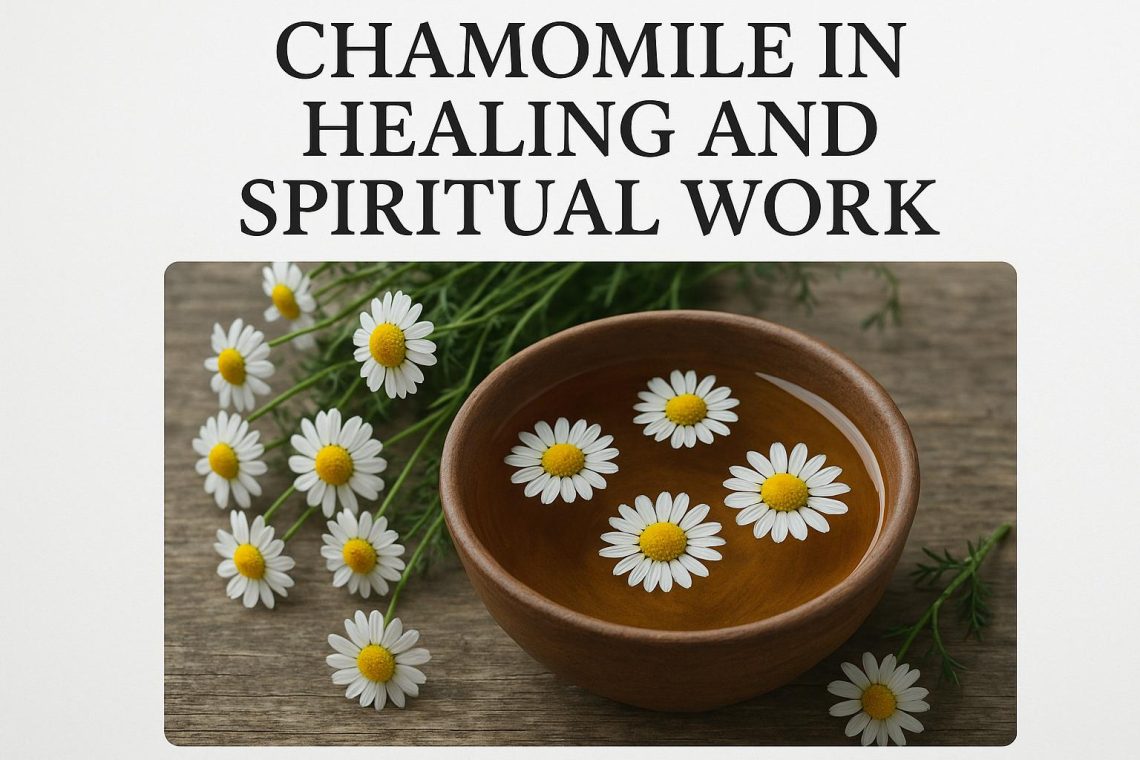The Importance of Birch in Celtic Traditions
The birch tree (Betula) holds significant value in Celtic traditions and is often regarded as a sacred symbol. Present in numerous Celtic myths and folklore, the birch is admired for its resilience, beauty, and symbolic meanings. This tree’s presence is deeply intertwined with cultural practices, spirituality, and the day-to-day life of the Celts.
Symbolism and Meaning
In Celtic symbolism, the birch tree is associated with new beginnings, purification, and protection. Its ability to thrive in harsh environments represents regeneration and renewal. This aspect made it an emblem of beginnings, often linked to the Celtic festival of Samhain, which marks the Celtic New Year. The birch, with its characteristic white bark, symbolizes purity and is often seen as a cleanser of past burdens. The renewal aspect is particularly emphasized as the birch is often the first tree to grow back after a forest has been damaged, marking it as a natural harbinger of recovery and positive change.
The birch’s importance is validated further by the Celtic belief in animism, which is the idea that natural objects possess a spiritual essence. The Celts honored trees as sacred entities in nature, associating each tree species, particularly the birch, with specific magical properties. Here, the birch stands as a sentinel of transformation and adaptability, teaching lessons of resilience and fluidity.
Celtic Festivals and Rituals
The birch tree played an integral role in various Celtic festivals and rituals. During Imbolc, a festival marking the beginning of spring, birch twigs were used to make wands, which were believed to possess purifying properties. This tradition underscores the tree’s association with purity and renewal. Imbolc, dedicated to the goddess Brigid, is a time when purification and new life are celebrated, and birch twigs became symbols, demonstrating the birch tree’s deep ties to the notion of spiritual cleansing.
In many regions, birch brooms were used in ceremonies to sweep away the old and invite the new. This sweeping was both literal and metaphorical, representing a cleaning of physical spaces and spiritual ones. Such practices reflected a deep understanding and appreciation of the natural cycles of growth, death, and rebirth, themes central to the Celtic worldview.
Ogham: The Celtic Tree Alphabet
In the Ogham script, an ancient form of writing used by the Celts, the birch is represented by the character “Beith.” This character is the first in the Ogham alphabet, symbolizing the importance of birch in Celtic culture as a marker of beginnings and foundational strength. The Ogham script was not merely a writing tool but rather a comprehensive system of symbolic communication, with each letter associated with a particular tree and its inherent symbolism. The placement of “Beith” at the beginning highlights its role as a foundational emblem, both in communication and the broader tapestry of Celtic beliefs.
The Ogham system serves as an example of how the Celts intertwined language, nature, and spirituality, with the birch tree, at the forefront, guiding understanding and interpretation in matters of life and learning.
Crafts and Practical Uses
Beyond its symbolic value, birch wood was highly regarded for its practical uses. Its durability and flexibility made it a preferred material for crafting everyday items, such as tools and containers, as well as for constructing dwellings. Birch bark, being waterproof, was also widely used in creating vessels and shelters. This reliance on birch wood demonstrates the tree’s indispensability in ancient Celtic society.
Birch was used to fashion musical instruments, particularly drums and pipes, which played an essential role in Celtic music and ritual ceremonies. The tree’s ability to be transformed into a variety of functional objects while maintaining its elegance highlights its versatility and the skilled craftsmanship of the Celtic people.
Medicinal and Healing Properties
Traditionally, different parts of the birch tree were used for their medicinal properties. The bark and leaves, rich in essential oils and minerals, were commonly utilized in herbal remedies to treat various ailments, further emphasizing the tree’s role in well-being and healing in Celtic societies. Infusions made from birch leaves were used as diuretics and were believed to purify the blood. The sap, collected during the spring, was consumed as a nutrient-rich tonic, thought to rejuvenate the body after the long winter months.
Additionally, the analgesic properties of birch bark were exploited for pain relief, showing that the Celts not only revered the birch for spiritual reasons but also for its tangible benefits to health and livelihood.
The Birch in Modern Celtic Culture
Today, the birch tree continues to hold spiritual significance in modern interpretations of Celtic heritage and practices. It symbolizes the enduring connection between nature and spirituality, serving as a reminder of the deep-seated respect for natural elements in Celtic tradition. In contemporary times, there has been a resurgence in interest in ancient Celtic beliefs and practices, with the birch once again being recognized for its historical and cultural importance.
Modern-day Druids and other spiritual practitioners often incorporate birch symbolism in their rituals and meditations, channeling its traditional meanings of purification and renewal. The tree stands as an enduring reminder of the past, lessons learned from ancestors, and the ever-present natural world. In art and literature, the birch continues to be a prevalent motif, representing continuity and resilience, and connecting people of today with the rich tapestry of Celtic history.
Through exploring the multiple dimensions of the birch tree—from its ancient symbolism and festivals to practical uses and medicinal benefits—it is evident that this tree served as a cornerstone in Celtic tradition. Its legacy persists, illustrating the lasting influence of Celtic culture and its harmonious relationship with nature.

